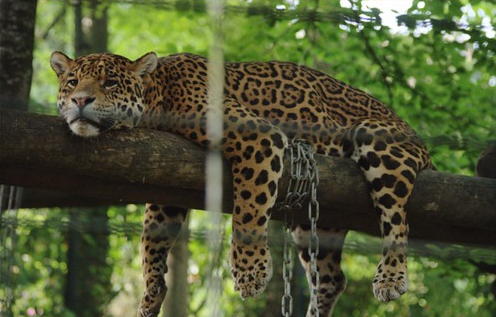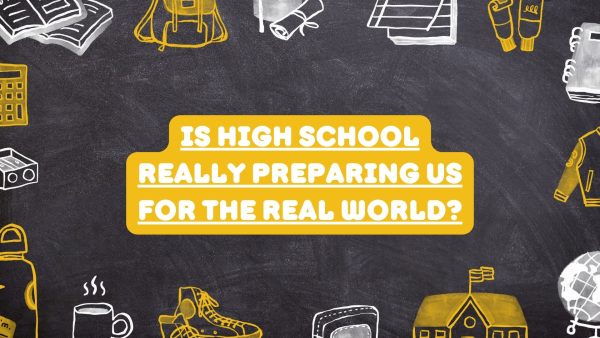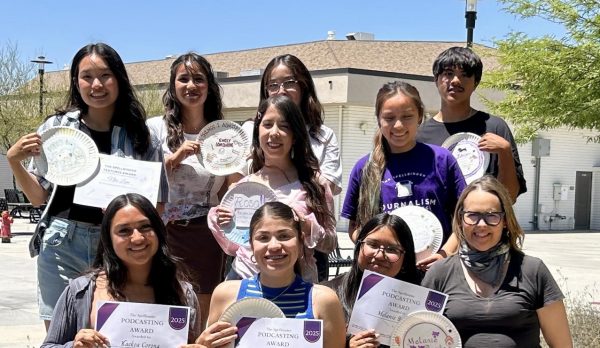Animal captivity: do the pros outweigh the cons?

Living isolated from the pack is terrorizing to our wildlife.
The fight for the freedom of animals has been going on for centuries. But when will this catastrophe finally come to an end? Do we think this will finally reach an end? Is animal captivity completely bad? Do the pros outweigh the cons?
Consistently over time wildlife animal entertainment has been extremely successful. It provides a look into the life of these wild animals, but is it all worth it?
The isolation of these animals affects them the same way it would affect us.
Wildlife is not that different from humans. “The very nature of these animals makes them uniquely unsuited to confinement. In the wild, whales and dolphins live in groups, often in tight family units. Family bonds often last many years. In some species, they last for a lifetime.” All living creatures spend their lives with their families just as we do. Taking away the right to socialize with friends and family along with the freedom of any living thing is inhumane. Imagine living through what these beautiful creatures, that we claim we love, go through.
We are changing their lifestyle with the selfish act of capturing them for our own entertainment.
“The sea is to whales and dolphins much as the air is to birds—a three-dimensional environment, where they can move up and down and side to side. But whales and dolphins don’t stop to perch.” Imagining these same creatures living in a tiny swimming pool is just tragic. Who are we to decide how these beautiful animals get to live their lives?” stated Humane Society.
Animal cruelty is disguised in various ways in society.
Mary Long, Santa Ana Zoo’s operations coordinator stated, “Taking or destroying wild spaces and places from animals and leaving them without habitat or resources to live and thrive is another form of casual animal cruelty.”
Animal-oriented amusement parks are also targeted immensely for animal cruelty. But are they all that bad? Some organizations actually benefit the wildlife.
Santa Ana Zoo’s zoo education curator, Lauren Bergh, stated, “Regarding wild animals, many species are endangered and losing habitat due to the actions of humans. When we can use what we have learned from them to help provide care to injured animals, rehabilitate wild animals for release, assist in creating a diverse population through managed breeding, we can help those species recover to a sustainable wild population.”
Some animals need human assistance to survive and to stay in existence. There are many organizations worldwide that take upon the task of helping animals.
Not only is it good for the animals but consequently, it can also help the community.
“Having animals under human care in a naturalistic, safe, responsible manner allows us to educate the public about the animal, their habitat, and the impacts humans have on those animals, their habitat, and their biome,” said Bergh.
Our society has continued to hurt and stress our “loved” wildlife but society has also worked to help the wildlife. For instance, Edge Innovations has brought this matter into their own hands. Edge Innovations specializes in the design, development, and production of complex, highly integrated technology-based systems. They created an animatronic dolphin and soon hope to set the new expectation of marine life entertainment. Nevertheless, Edge Innovations has engineered animatronics that are more around you than you think. Their creations have been on a variety of TV shows and films whilst they’re also displayed in amusement parks.
Roger Holzberg a member of Dolphin Spirit by Edge Innovations said, “That’s what we dream of with this project we realized that using animatronics instead of using live animals enabled us to create characters that truly were lovable that would really deliver on the idea that we won’t hurt what we fall in love.” Edge Innovation’s goal is to continue to educate the community about the wildlife whilst affecting the animals’ life as little as possible.
Society will continue to thrive for the salvation of our wildlife. Retrospectively, animal captivity is beneficial in multiple scenarios and human care can be ideal. Although, in most cases life in captivity is depressive and inhumane.

I love listening to music, I enjoy running and I like playing video games.
@stfudarlyn




































